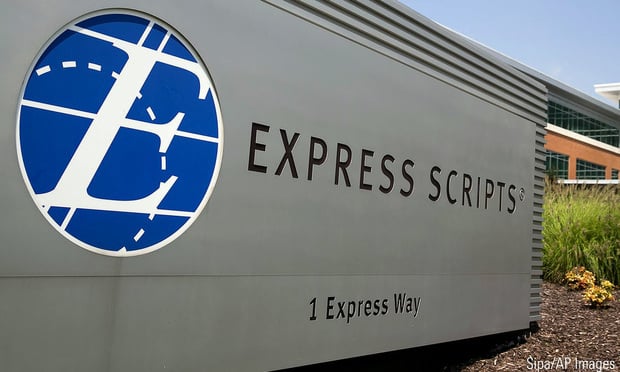Despite the best labor market in a generation, Americans remain worried about the future of employment. Lately, the big worry is automation of jobs. Experiments like Amazon Go's cashier-less store will perpetuate this anxiety. Americans perhaps should be more worried about an old-fashioned employment maneuver, however: outsourcing. The tech sector is already leading the way.
Outsourcing tech jobs is nothing new. Fairchild Semiconductor, perhaps the foundational company in Silicon Valley, opened its first Hong Kong factory in 1964. Two years later the company had more employees in Hong Kong than in California. Semiconductor production shifted to Asia decades ago, and iPhones are assembled there by Foxconn as well. IBM now has more employees in India than in the U.S.
Recommended For You
The tech sector's recent steps in outsourcing were foreseeable. The geography of employment in the U.S. has become too imbalanced, with high-paying technology jobs centered in the San Francisco Bay Area and Seattle while the rest of the country has struggled.
Last week, three headlines confirmed the pattern. Apple announced it would be opening another campus somewhere in the U.S. Amazon followed by announcing the 20 communities that are contenders for its second North America headquarters — 19 in the U.S. and one, Toronto, in Canada. And Michael Moritz of the venture capital giant Sequoia published an op-ed that could be construed as saying that Silicon Valley workers are lazy compared to their hard-working, industrious Chinese counterparts, and they'd better be careful not to fall behind.
From an American worker's perspective, there's some comfort that Apple and Amazon are considering additional campuses in the U.S. But nobody should expect this to be a permanent state of affairs. It didn't get as much attention, but last week Google also opened another office – in Shenzhen, its third in China. We're likely past the high point for tech titans' operations being centered in their West Coast hometowns.
The U.S. economy is entering an era when the labor market is likely to be structurally tight for a decade or more. The unemployment rate in both the San Jose and San Francisco metro areas is under 3 percent. The last time we were at a similar point was in the late 1960s. At that point U.S. factory workers were paid far more than their peers elsewhere in the world, creating the economic opportunity to outsource jobs to places like Asia. It was also a time of growing inflation, suggesting the need for structural reforms of the economy.
One could almost imagine China being a source of employment anxiety for U.S. tech workers over the next decade, the way Japan was for U.S. auto workers in the 1970s and 1980s. (Though looking one step further along, Japanese automakers went on to become major employers in the U.S.) While the era of mass outsourcing of manufacturing jobs to China might be over, China's looking to move up the value chain to knowledge industry work, and isn't in awe of Silicon Valley the way it once was.
Politicians and workers might love tight labor markets and the rising wages they bring, but for companies they are a problem to be solved. Keep an eye on those booming tech companies with employment concentrated in a few West Coast metro areas. They'll be looking to shift their production and employment elsewhere — both within the U.S. and beyond.
© 2025 ALM Global, LLC, All Rights Reserved. Request academic re-use from www.copyright.com. All other uses, submit a request to [email protected]. For more information visit Asset & Logo Licensing.







